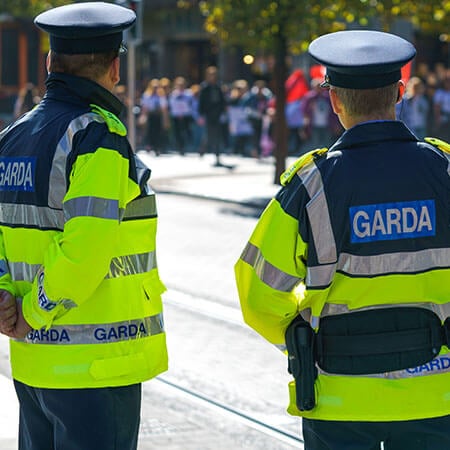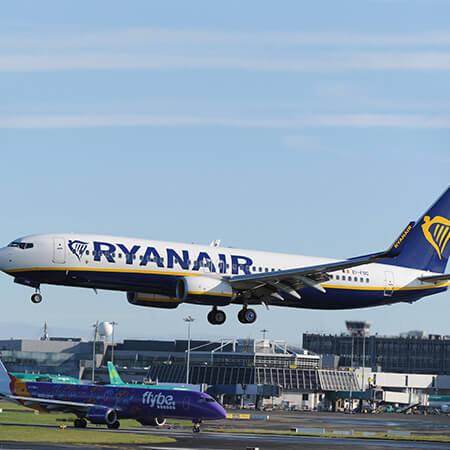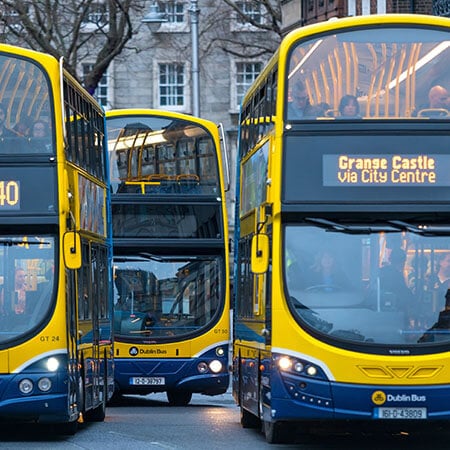Like other capital cities, Dublin offers great amenities, tons of job opportunities, a thriving social scene and a cosmopolitan environment. However, Dublin life is completely unique in many ways too.
Why Dublin is different
There are a whole host of reasons to live in Dublin but surprisingly much of its strength comes from its compact size. Dublin is relatively small, low rise and is home to just under 1.5 million people. As a result, the city is easy to navigate and many of its residents get from A to B by foot or bike.
City life without the drawbacks
Life in Dublin offers all the perks of city living but it manages to maintain an easy-going vibe. You won’t experience the rushing and pushing that’s common in other capital cities. Irish people are generally known for being polite, friendly and laid back.
Whether you relocate to Dublin for work or study, you’re sure to get an invite to the local pub. As a cornerstone of Ireland’s social scene, they come in many forms. There’s small and cosy cottage pubs right through to multi-storey sports bars.
For those who prefer dry nights out, Dublin city centre recently welcomed its first booze-free bar. There are tons of cafés, markets, eateries and parks where you can hang out as well.
A capital city with beautiful scenery
The mountains and coast surrounding Dublin also offer a quick escape into nature. Many hiking routes and swimming spots are accessible by public transport and provide locals with a break away from the hustle and bustle of city life.
While Ireland is famous for its rainfall, Dublin’s position on the country’s east coast means it’s sunnier than other parts of the country. The weather is usually mild whatever the season. So a little bit of rain doesn’t stop Dubliners from getting out and about. Whether you enjoy urban living or scenic walks, the Dublin lifestyle offers the best of both worlds.
If you want to know more about the city’s culture, people, transport or neighbourhoods, check out the articles below for more detailed information on what you can expect from day-to-day life in Dublin.







